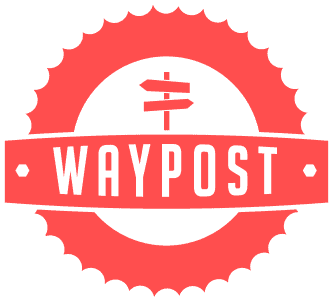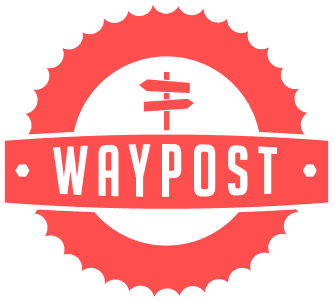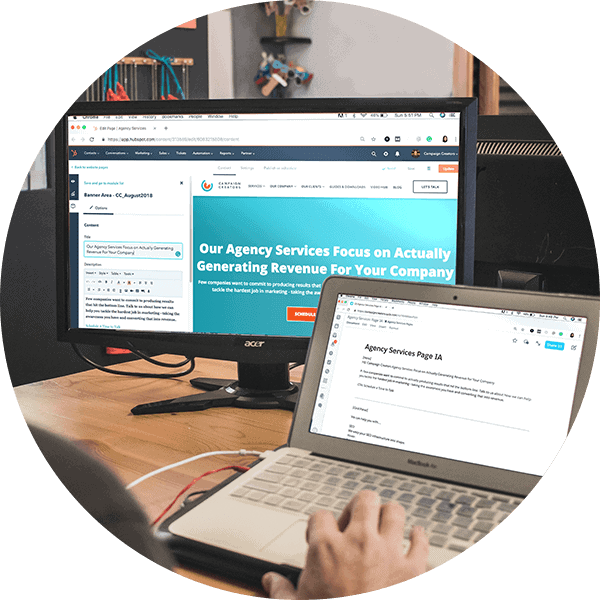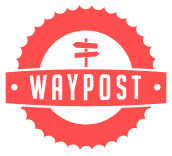
AI-Ready Business: 5 Steps for Success in the AI Economy
July 13, 2023
The Role of Leadership-Driven Infusion
August 29, 2023Given the fast-paced changes in business technology, many organizations will be slow to evaluate the quality of the software and systems in their technology stacks. The software vendors and developers who were best-in-class last year won’t necessarily stay there in the years to come. Among the reasons why a software solution might lose market share is the growing importance of AI integrations in modern business tools. So how can you guarantee that you are partnering with the right business technology providers?
The Significance of Vendor Engagement
Evaluating the quality of a software vendor or developer extends far beyond their marketing, sales, and customer support. The most critical factor when you evaluate any new business technology should be the tool’s developer support, followed closely by the product roadmap.
If product developers show no interest in innovating or become inactive, the tool will quickly degrade in its overall value compared to other tools in its class. We want to see proactive vendors continually enhancing and maintaining their tools, ensuring they are optimizing for current business needs and are capable of scaling for future growth. As a user of the tool, your operational efficiency and technological advancement are threatened by a lack of such engagement.
The Shift Toward AI
Artificial Intelligence (AI) has reshaped how businesses operate and innovate, making it essential to modern business tools. AI boosts efficiency, improves accuracy, and delivers predictive insights. However, vendors that don’t begin integrating AI into their tools now risk becoming underpowered and outdated in a rapidly advancing technological landscape.
We’re experiencing a public “hype phase” in AI development, with new Large Language Models (LLMs) like ChatGPT creating a sense of extreme urgency or upheaval. This wave of excitement will eventually flatten, and we may even see public sentiment toward AI technologies sour for a time; yet, continuous research and breakthroughs will steadily drive these tools’ capabilities to extraordinary new levels.
One mark of a quality technology service provider today is balanced marketing and sales messaging that conveys a dedication to steady and thoughtful innovation over time, regardless of public sentiment or industry buzz. There will be providers who stumble on both ends of this spectrum. Some will disregard the need for innovation and lose ground too quickly to recover. Others will hastily introduce solutions built on hype that fail to live up to their promises. AI consulting services can guide AI-ready businesses through evaluating vendors, training staff, and shaping policies to harness AI’s potential.
CASE STUDY: HubSpot
HubSpot recently announced the beta release of two AI tools for their marketing, sales, and service platform: Content Assistant and ChatSpot.ai.
Content Assistant functions as a writing assistant (built on the same technology as ChatGPT) that works in-app with HubSpot’s many content creation tools, providing suggestions and writing boilerplate content within the existing workflows of the platform.
ChatSpot.ai is a GPT-powered plugin that gives backend users the ability to access all of their HubSpot portal’s data through natural-language prompts. The potential for a tool like ChatSpot.ai is enormous, and as this tool evolves, users will be able to interpret large amounts of data more easily and make it actionable from a simple chat interface.
Both of these tools are currently only available to select HubSpot users via opt-in.
These innovations by HubSpot are an excellent example of the kind of approach we love to see from a business technology provider. HubSpot is following through on providing a clear product roadmap that includes better and faster tools for their users without overpromising a quick solution. Neither tool is perfect right now, but both demonstrate that HubSpot intends to stay competitive into the future.
Risks of Using Outdated Tools in Your Tech Stack
Holding on to outdated business tools can lead to various risks, from technical issues to financial losses and strategic disadvantages.
Think about a large-scale manufacturing operation dependent on a legacy inventory management system. A lack of development support from the vendor would result in more frequent downtime, disrupting operations and contributing to revenue losses.
Consider a professional services provider that retains an outdated customer relationship management (CRM) platform. Their ability to offer competitive services is drastically reduced because their time investment in managing customers and leads is 4x greater than their competitors (and only half as good).
Moreover, without AI functionalities, businesses may be unable to leverage modern tools’ predictive insights and automation benefits. A healthcare provider still using a traditional, non-AI system for patient data analysis – despite having a wealth of patient data – lacks the ability to apply machine learning for predictive health risk analysis. This results in missed opportunities for proactive patient care.
Evaluating the Need for Replacement
You may not immediately see the need to replace a technology for many reasons. It may not be your role to stay updated with advancements in the capabilities of these technology solutions. You might not even be the daily user of these technologies. But if you’re a decision-maker in your organization, consider these questions for every tool in your tech stack:
- Do you have the support you need from your vendor?
- Does the product roadmap reflect a commitment to your needs and to innovation?
- Can you demonstrate a meaningful return on investment (ROI)?
- Do you still have buy-in from your own team?
It seems simple enough, but even the most obvious red flags can go unnoticed for years — like your employees searching for workarounds to avoid using a legacy system.
Making the Transition
Updating your tech stack is often an overwhelming job. It requires careful planning, resources, and the willingness to work through the complexities involved. However, the need to stay competitive and adapt to the evolving business landscape outweighs the perceived challenges.
Firstly, think about the technical complexities involved in replacing a core technology, including data migration, software compatibility, potential downtime, and maintaining business continuity throughout the transition process. These technical aspects need expert knowledge and careful management to avoid data loss or operational disruption.
There is also a human aspect to consider. Team members accustomed to a legacy system may resist the change due to the learning curve associated with new tools. You can alleviate this problem by providing adequate training and highlighting the benefits of the new tool, such as increased productivity and ease of use.
Financial implications are another factor. While old systems often have higher maintenance costs over time, moving to a new tool involves a large initial investment and possible productivity loss during the transition. Conducting a cost-benefit analysis is crucial to make sure the long-term benefits of the upgrade surpass the immediate costs.
Despite these challenges, transitioning from legacy tools a more modern tack stack is necessary for businesses to stay competitive. Modern tools, enhanced by AI capabilities, offer significant advantages, including improved efficiency, deeper insights, greater scalability, and the ability to adapt swiftly to market changes. Ultimately, this transition isn’t just about swapping old software; it’s about transforming business processes for increased agility and growth in the digital age.
Preparing Your Tech Stack for An AI-Driven Future
Modernizing legacy business tools is a necessary and strategic move toward guaranteeing sustainable growth and competitiveness. With the rapid evolution of technology, it’s crucial for businesses to critically assess their tech stack, considering vendor engagement and advancements in AI.
The compelling benefits of these modern tools, from improved efficiency and precision to valuable predictive insights, highlight the importance of embracing change rather than clinging to the status quo. While upgrading to more advanced tools might come with challenges, a well-structured approach — including a thorough evaluation, careful planning, comprehensive training, and financial analysis — can solve for potential disruptions.
Waypost can help as you evaluate your existing tools, and we’re prepared to partner with you to implement smarter and faster marketing and sales solutions for your business. If you’d like to discuss how we can do that, get in touch.










